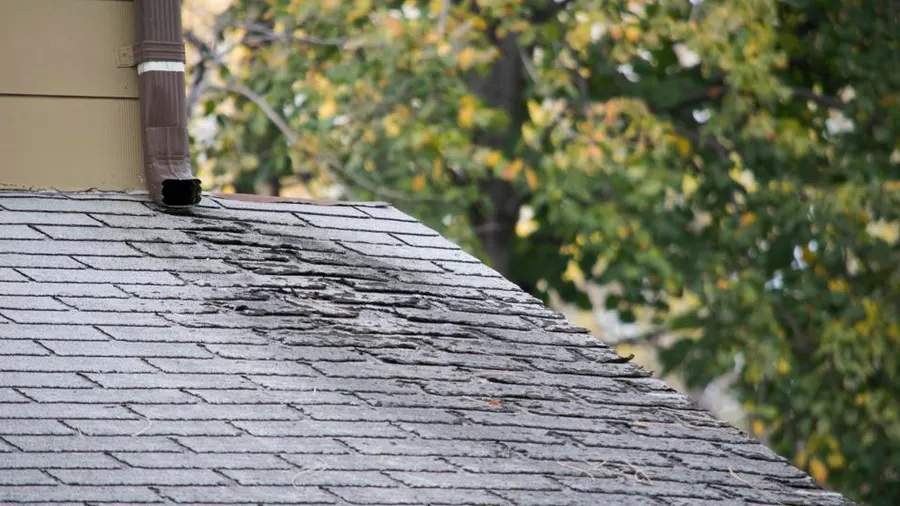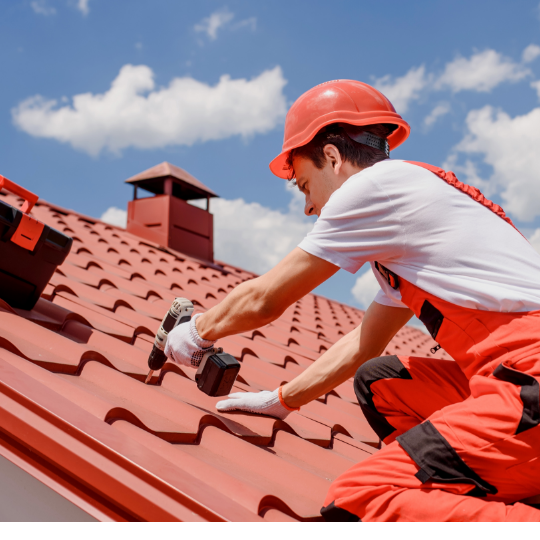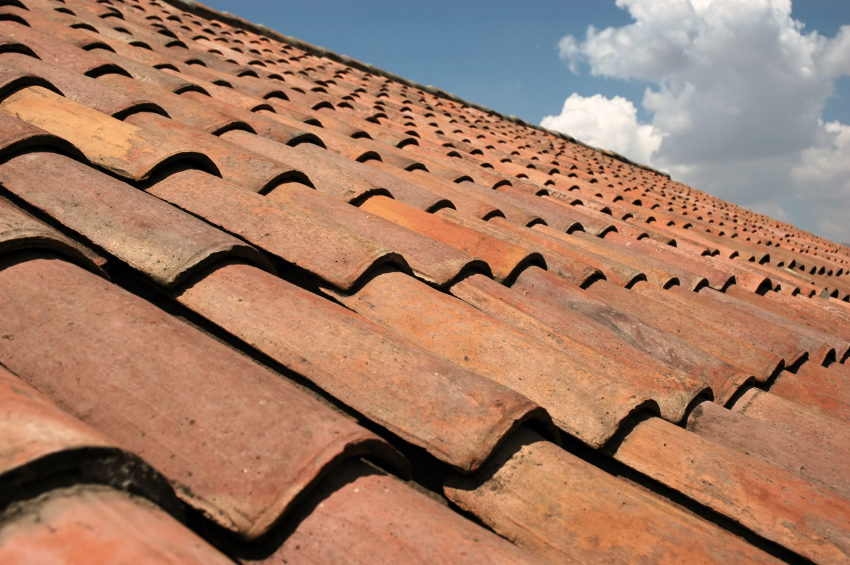Don’t let a leaking roof rain on your parade! Whether it’s a small drip or a full-blown flood, dealing with a leaky roof can be stressful and overwhelming. But fear not, we’ve got you covered. In this blog post, we’ll walk you through the steps you should take when faced with the dreaded drip-drip-drop of water from above. From identifying the source of the leak to finding a reputable roofing contractor, we’ll give you all the information you need to handle this situation like a pro. So grab an umbrella and let’s get started.
Identifying the Leak Source
The first step in fixing a roof leak is to identify the source of the leak. This can be a tricky process, as leaks can often occur in multiple places and may not be immediately apparent. If possible, wait for a rainy day to begin your search, as this will make it easier to spot the leak. Start by checking the area around any skylights or vents, as these are common sources of leaks. Next, check the flashing around chimneys and roof valleys. Inspect the rest of the roof surface, paying close attention to any areas where shingles are missing or damaged. Once you have located the source of the leak, you can begin repairs.
Assessing the Severity of the Leak
When it comes to leaks, one of the most important things to consider is the severity of the leak. A small leak that is easily fixed may not be as big of a deal as a large leak that requires major repairs. To assess the severity of your leak, ask yourself the following questions: · How big is the leak? · Where is the leak located? · What type of damage has been caused by the leak? · How long has the leak been present? If you have a small leak that has caused minimal damage, you may be able to fix it yourself with some basic repairs. However, if you have a large leak or one that has caused significant damage, you will likely need to hire a professional contractor to make repairs. No matter the severity of your leak, it is important to address it as soon as possible to avoid further damage.
Repair or Replace your Roof?
When your roof is leaking, you may be wondering if you should repair or replace it. There are several factors to consider when making this decision, including the age of your roof, the extent of the damage, and your budget. If your roof is more than 20 years old, it may be time to start thinking about replacing it. As roofs age, they become more susceptible to leaks and other damage. If the damage is extensive, or if you have multiple leaks, replacement may be your best option. If your roof is relatively new and the damage is limited to a few shingles or tiles, repair may be possible. However, it’s important to catch leaks early before they cause further damage. Be sure to have a professional inspect your roof regularly to check for any signs of trouble. Consider your budget when making a decision about whether to repair or replace your roof. Replacement can be a significant investment, but it may be worth it in the long run if your roof is nearing the end of its lifespan. Repair may be a more affordable option in the short-term, but keep in mind that leaks can worsen over time and cause additional damage.
How to Repair a Roof Leak
When you have a roof leak, the first thing you should do is call a professional roofing contractor to come and take a look at it. They will be able to determine the cause of the leak and make the necessary repairs. If the leak is caused by a hole in the roof, they will patch it up or replace the damaged shingles. If the leak is caused by a problem with the flashing, they will repair or replace it.
Finding a Professional Roofer
There are a few things you should keep in mind when searching for a professional roofer. First, you should always get at least three estimates before hiring anyone. This will help you to compare prices and find the best deal. Second, make sure that the roofer you choose is licensed and insured. This will protect you in case of any accidents or damage to your property. Ask for references from past clients. This will give you an idea of the quality of work you can expect from the roofer.
Advantages and Disadvantages of DIY vs Professionals
When your roof is leaking, you have to decide whether to DIY or hire a professional. Here are the advantages and disadvantages of each option: DIY: -Advantages: Cheaper, more satisfying to do it yourself, can be done at your own pace. -Disadvantages: Risky if you’re not experienced, could make the problem worse, takes longer. Professionals: -Advantages: Quicker, guaranteed fix, won’t make the problem worse. -Disadvantages: More expensive, less satisfying.
Important Considerations When Hiring a Roofer
There are a few important considerations to keep in mind when hiring a roofer to fix your leaking roof. First, be sure to hire a licensed and insured roofing contractor. This will protect you in case of any accidents or damage to your property during the repair process. Second, get multiple estimates from different roofers before making your final decision. This will help you ensure you are getting the best possible price for the repair job. Make sure you understand the warranty that is being offered by the roofer. This will protect you in case any problems arise with the repairs down the road.
Tips for Identifying Quality Workmanship
When you are trying to identify quality workmanship, there are a few key things that you should look for. First, you want to make sure that the contractor is licensed and insured. This will protect you in case of any damages that occur during the repair process. Secondly, you want to ask for references from past clients. This will give you an idea of the contractor’s work ethic and whether or not they are reliable. You want to make sure that the contractor offers a warranty on their work. This will ensure that you are covered if anything goes wrong with the repairs.
Conclusion
When it comes to roof leaks, quick action is the key. Without immediate attention and repair, you could be facing more costly damage in the long run. We hope that this article has provided you with some useful information on how to properly address a leaking roof. If you find yourself needing help from a professional roofer, don’t hesitate to contact one immediately so they can assess the situation and prevent further damage or inconvenience.




